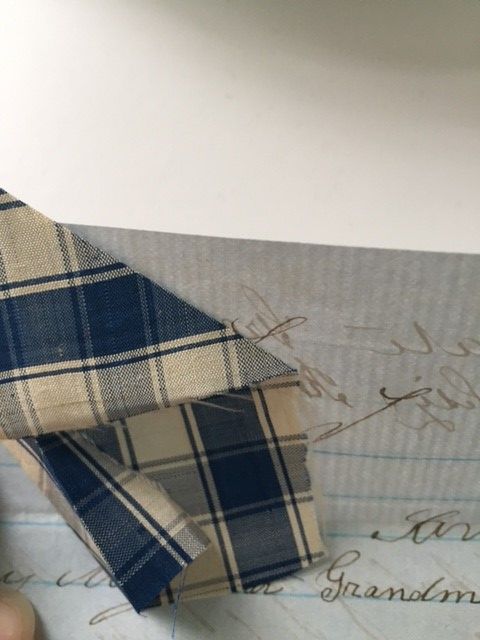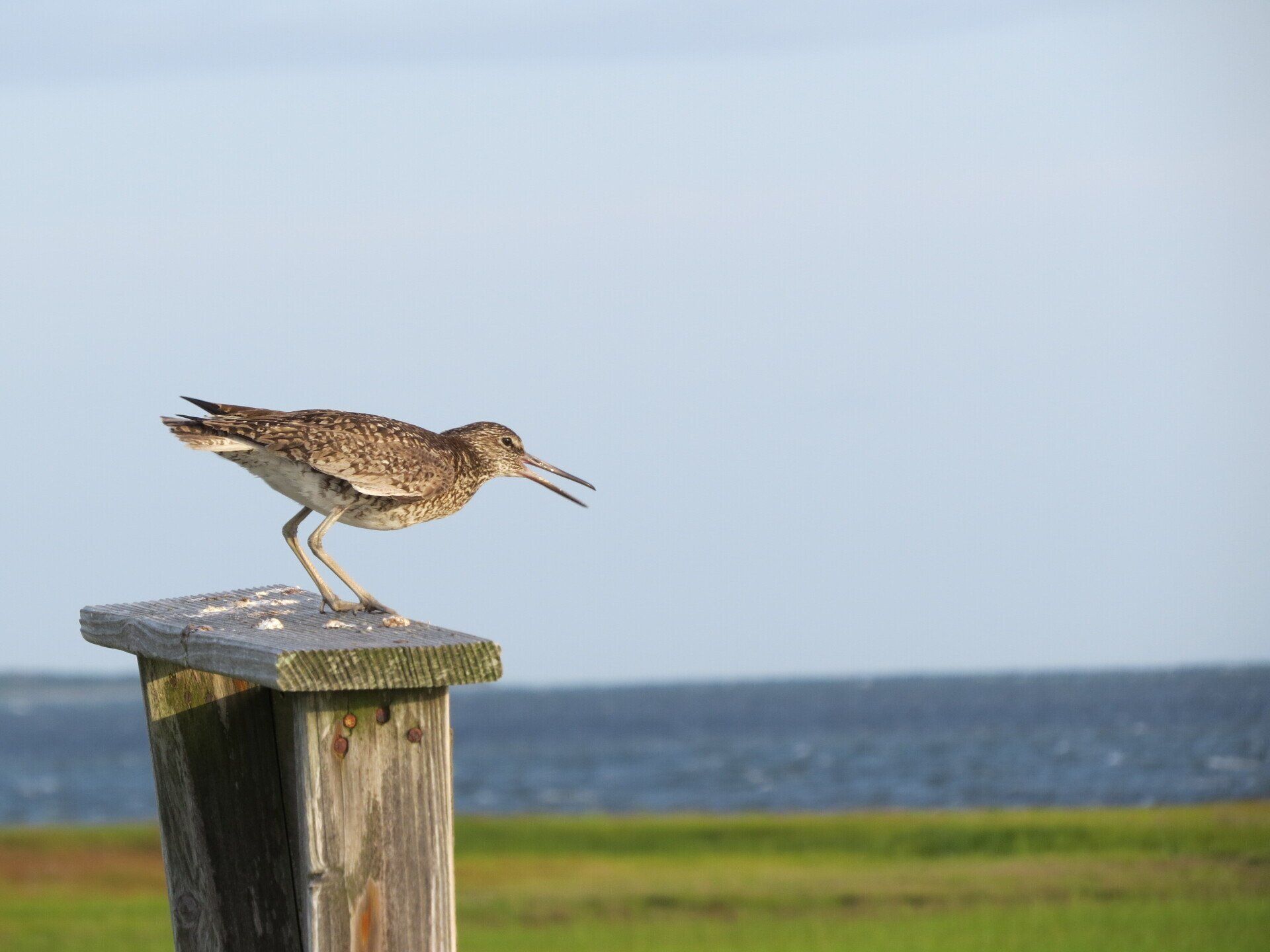Keep Calm and Bird On: May 2021
“If you don’t look, you don’t see. You have to go and look.”
-Edith Andrews
May is the month when, in theory, spring is busting out all over. Yet Nantucket doesn’t get reliable waves of migrating warblers as does the faster-warming mainland. Water takes longer to warm up. Cooling sea breezes slow development of plant and insect life, aka bird food: juicy caterpillars, hidden pupae, worms, or flowers and buds. For this reason, many birds prefer the Mississippi or Appalachian flyways in spring.
But Nantucket is also the rest stop of last resort for migrants caught in fog or bad weather. So, expect the unexpected: exhausted land birds may plop down on a beach where they aren’t usually found, glad to escape a watery grave. Keep an eye out for un-sprayed flowering trees. Pesticides close the bird restaurant. If a tree blooms, or has a sudden “hatch”, of insects, it may be full of warblers chowing down after the arduous trip. It may last only a few minutes or a couple of hours, but with lucky timing, it’s a great show.
But there is plenty to watch with local breeding birds too. The drama of courtship, nest-building, and defense spans forest, field, pond, marsh, and beach. Listen to noisy Willets (see above!), or relentless Towhees calling. Watch Ospreys hover and dive. You might see a fierce Kingbird ride a Red-tailed Hawk out of its territory, pecking the back of its head while out of reach of those sharp talons. Or you might catch a dramatic display of distraction like the Killdeer’s academy-award-winning performance of, “No, chase me, I have a broken wing” as it flutters away from its nest. This is a great time to start “patch” birding on your regular walks, and track the daily changes.
Recent Posts





